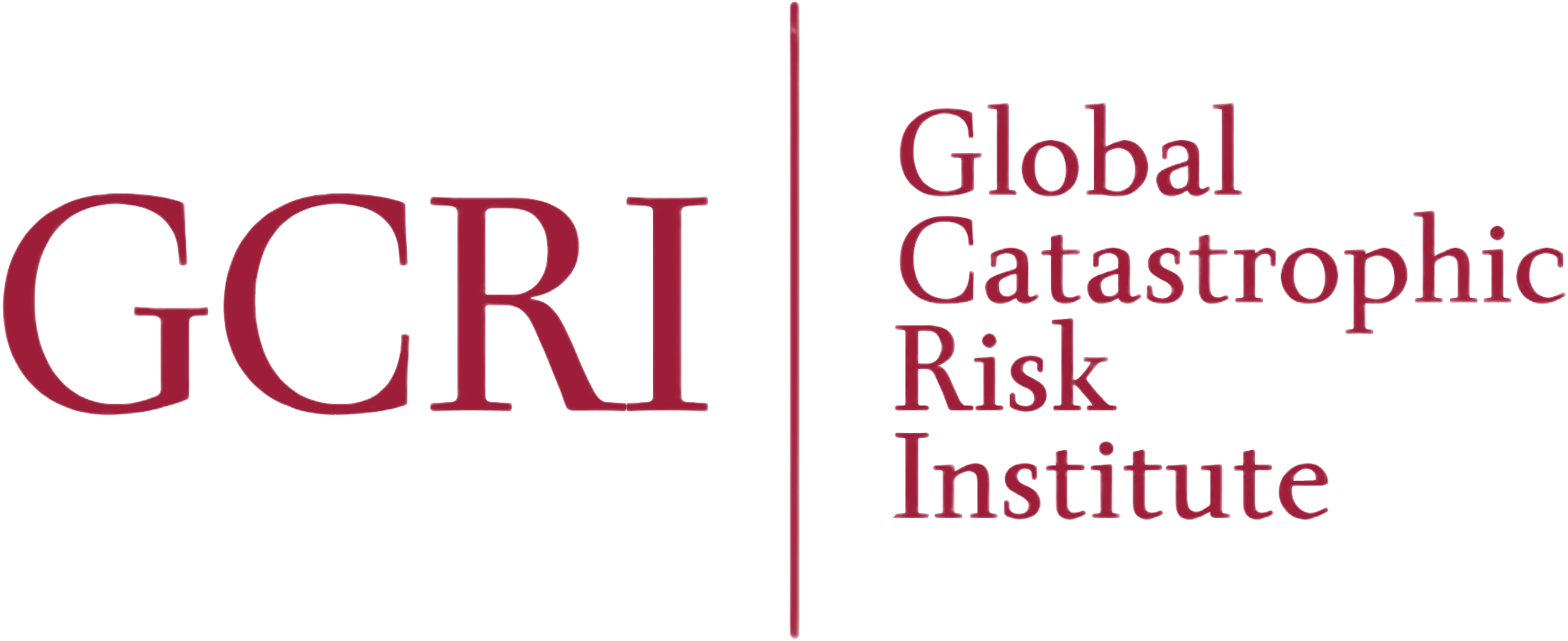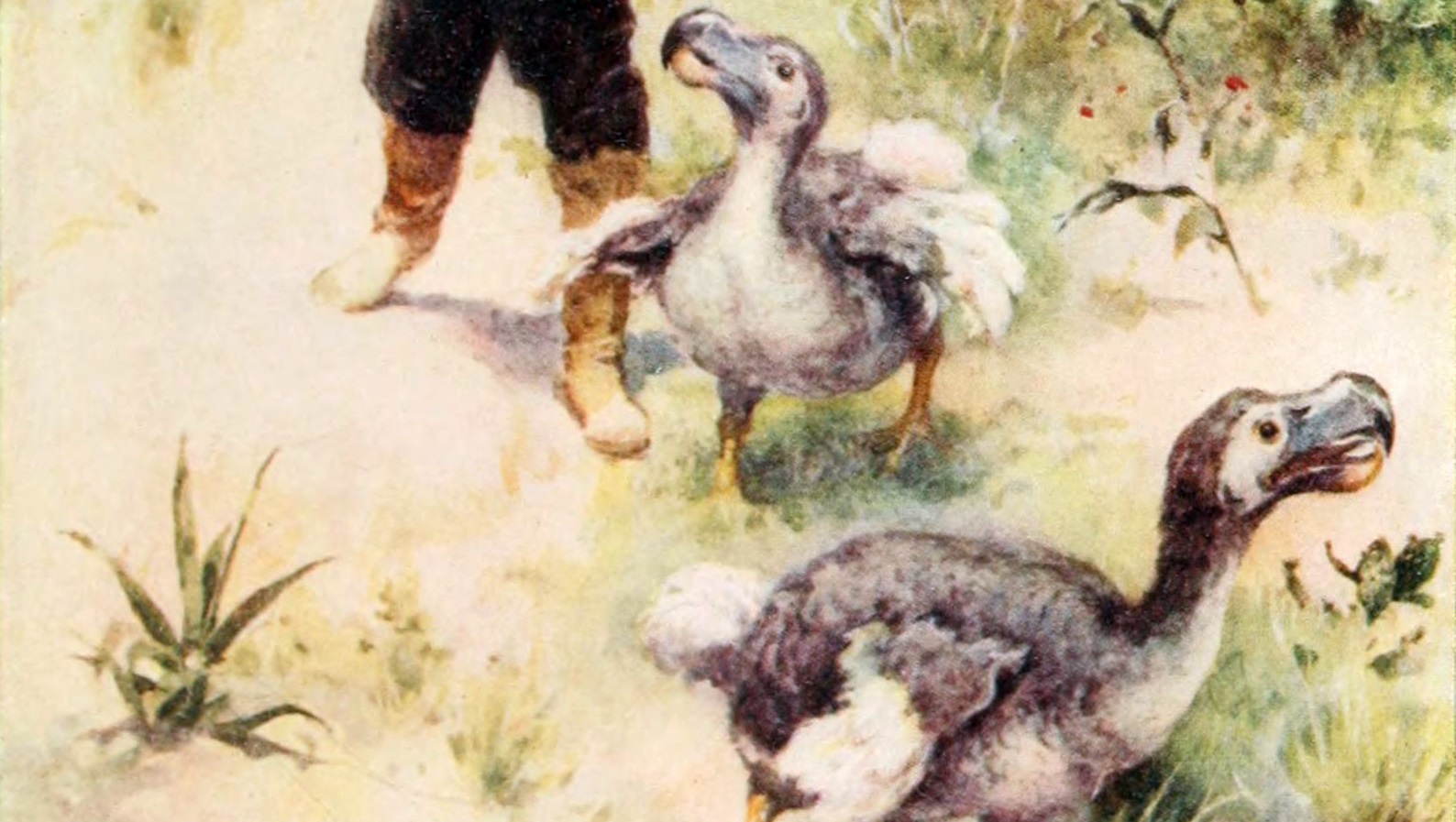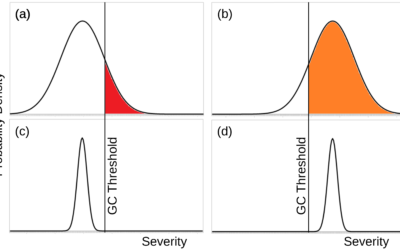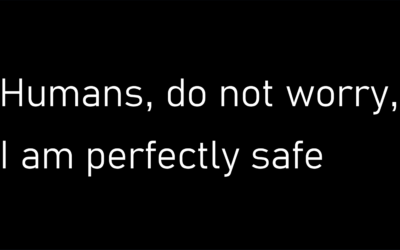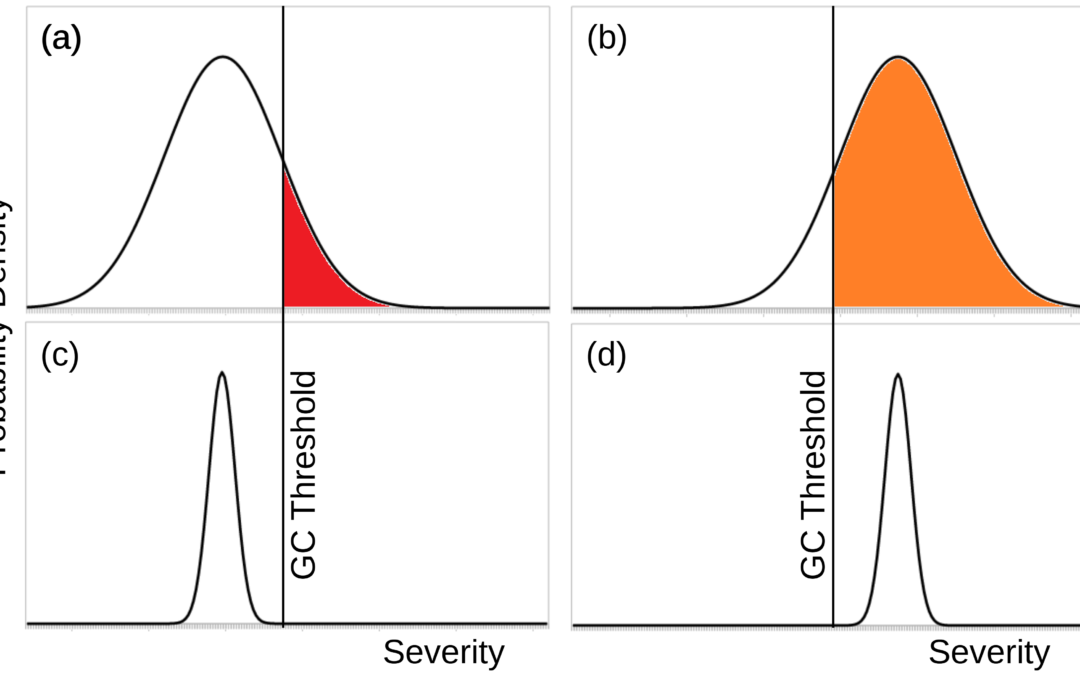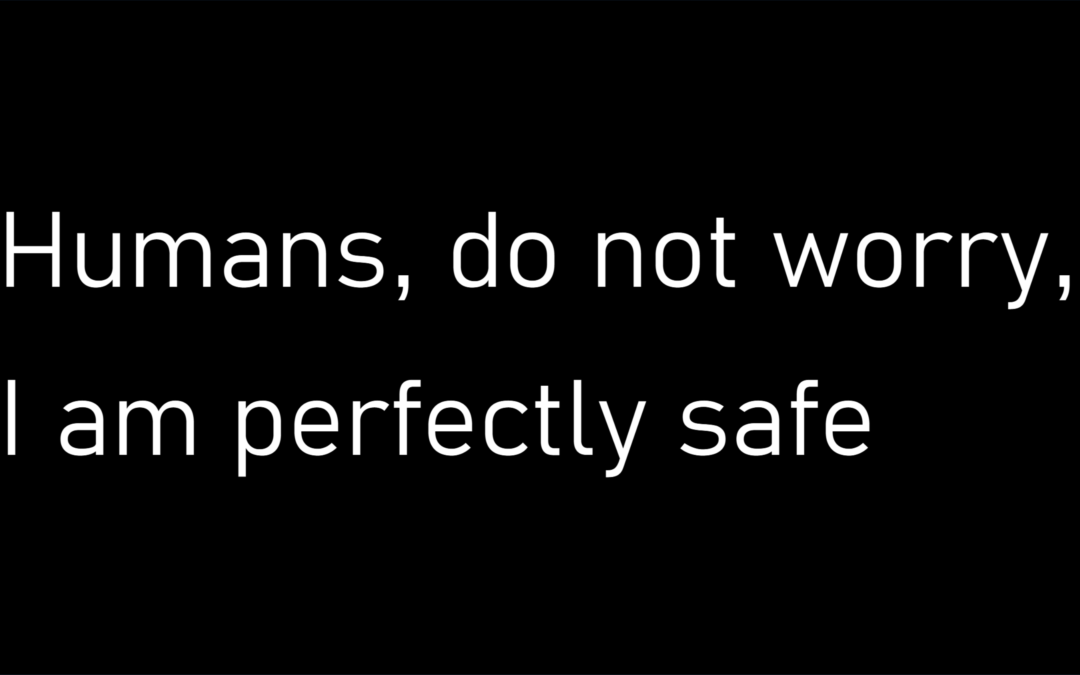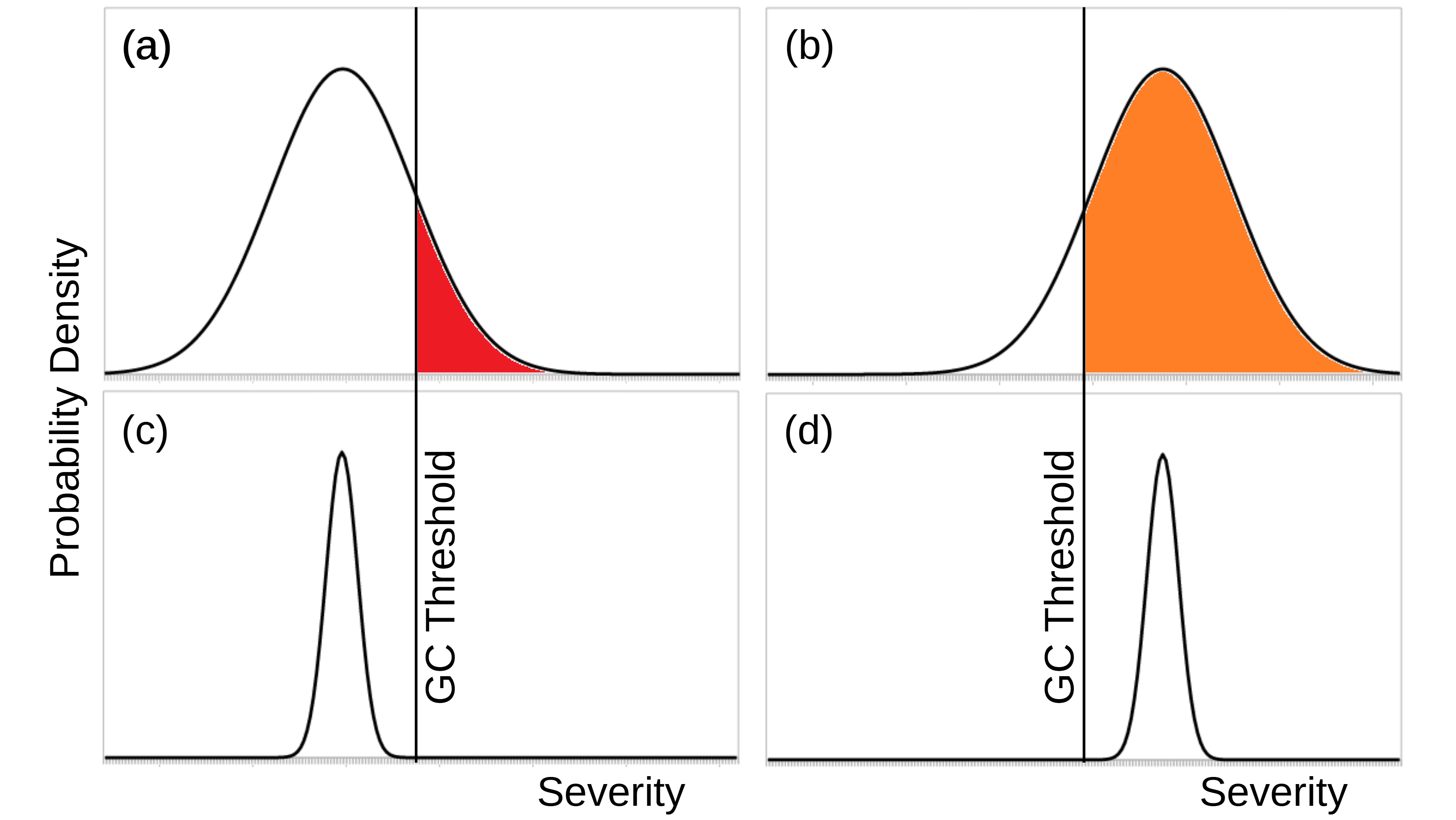This article reviews the book Scatter, Adapt, and Remember by Annalee Newitz.
The article begins as follows:
Life on this earth has often been disturbed by terrible events. Countless living beings have been the victims of these catastrophes. Some inhabitants of dry land saw themselves swallowed up by floods. Others that lived in the bosom of the waters dried up when the bottom of the seas lifted suddenly. Their very races came to an end forever and leave in the world for the naturalist only a few barely recognizable remains.—Georges Cuvier (1)
Richard Leakey called it “the sixth extinction.” (2) At least five times before a substantial portion of life on Earth has gone extinct over a relatively short period of time. The Cretaceous-Paleogene extinction event that wiped out most of the dinosaurs—and more than 70% of all species—roughly 65 million years ago is only the most recent of these mass extinctions. The Permian-Triassic extinction 250 million years ago, in which some 90% of marine species died out, was even more severe. Based on the rate species are disappearing, scientists believe we may now be on the leading edge of a new mass extinction event of our own making. (3) We could even become one of its victims.
Annalee Newitz believes we can survive a sixth extinction. In her new book, Scatter, Adapt, and Remember: How Humans Will Survive a Mass Extinction, Newitz sees in this history of extinction not only the fragility of life, but also its resilience. After all, some creatures have survived each catastrophe. We ourselves may have rebounded from the brink of extinction once already in our short history. We are arguably the most adaptable species on the planet. We eat a wide variety of food and can live almost anywhere. Although we reproduce and evolve relatively slowly, our intelligence gives us the ability to adapt to changing circumstances in ways that other species cannot.
The remainder of the article is available in Anthropocene blog.
Image credit: Walter Paget
